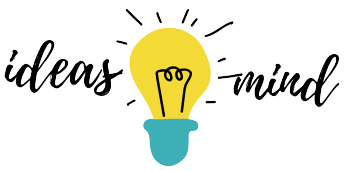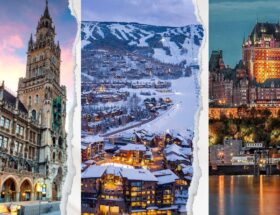A recent study has noted that more than 36% of users use visual search, and half of them believe that visuals are more important than text when shopping.
So, if you are looking for ways to tap into a new audience and increase your viewership, then visual search optimization could be just what you need. Visual search offers users an easy and efficient way to find relevant images online, which can bring more readers and potential customers to your blog.
In this article, let’s discuss how optimizing your blog’s images, graphics and stock photos for visual search can help grow your website’s visibility and user engagement.
Steps To Optimize Your Blog for Visual Search
Here is how to optimize your blog for visual search.
Image meta search
Image meta search is a popular tool that helps users easily find what they need through dedicated searches. It allows users to search via text-based queries and delivers a set of images or other visuals relevant to the query. This way, image meta searches are often seen as a way to quickly locate just what someone needs.
While the image meta search isn’t without its drawbacks, it’s still helpful for finding images that may otherwise be difficult to find digitally.
Plus, sorting images by relevance makes it easy to track down just what you were searching for in the first place.
Add Alt Text
Adding Alt text to the images on a webpage is another step to optimize your blog for visual search. These tags, or descriptions, help the Google Crawler understand what’s inside an image, giving it context and helping in its categorization.
Alternatively, if a user has a poor internet connection, these alternative descriptions appear instead of the image. Even today, many search engine algorithms still heavily depend on alt text for recognition of image content. To really get the most out of your website’s visual content, consider using optimized visual searches with creative tone-of-voice storytelling in the description elements. This helps distinguish your brand from others and even evokes emotion from readers.
Reverse image search
Reverse image search is a powerful tool that has changed how we think about using visuals on the internet. Using Content-Based Image Retrieval (CBIR), reverse image search technology places the power of finding visual information in the hands of the user, rather than relying on a keyword search query.
Instead of simply searching for terms, you can submit an image or insert a link to it, and get results that include similar images with their sources. This valuable tool allows you to dig up more information about any given image or find alternative visuals to illustrate your own thoughts and ideas.
Setting Image Data & Site Maps
When it comes to improving your website’s rank in image searches, setting up the right kind of structured data code is the way to go. This code helps search engines better understand your content, making it easier for them to showcase images from your pages in relevant search results.
It also generates a sitemap for your website, giving these same search engines an easy way to explore all that your site has to offer. Sitemaps have become one of the most important visual search optimization examples, as they make it much simpler for users to find and enjoy whatever they’re looking for on your site.
Keyword-Based Descriptions
Through keyword-based descriptions, you can provide users with specific and targeted content to reach customers who are already looking for a product or service that you offer. For example, imagine, you recently wrote a blog on self-care and included keywords like a soothing spa day and relaxation in the description to help potential readers find it more easily.
This is an excellent way to use keywords because not only do they enhance your SEO capabilities. It also creates a visual search engine experience as Google crawlers enjoy the relevance of the images that you post. By using keywords in your description, you can essentially rise above competitors in ranking.
All in All
There you go! Visual search is the up-and-coming way for users to navigate their wants and needs. If you optimize your blog for visual search, you have the potential to reach an even broader audience and grow your business.
Just follow the simple guidelines discussed above and you can create more “visually friendly” content that will boost your SEO rankings.
More importantly, it’s a great way to help make sure that your customers find what they’re looking for quickly. So why not take a plunge into visual optimization today?










